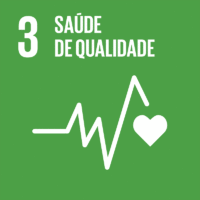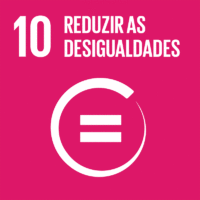Ciência_Iscte
Publicações
Descrição Detalhada da Publicação
Título Revista
Athenea Digital
Ano (publicação definitiva)
2023
Língua
Português
País
Espanha
Mais Informação
Web of Science®
Scopus
Esta publicação não está indexada na Scopus
Google Scholar
Esta publicação não está indexada no Overton
Títulos Alternativos
(Inglês) Human lives versus viral deaths: Who can live with the virus?
Abstract/Resumo
Este artigo se propõe a um ensaio teórico e trata da distribuição diferencial da morte diante das epidemias virais. Tomaremos a pandemia presente de Sars-CoV-2 emarticulação com a epidemia de HIV, a fim de compreender como são erguidas esustentadas barreiras que dividem os humanos em grupos, pelas quais se decidequem pode ou não morrer de uma doença viral. Pensando a partir do feminismo eda crítica ao excepcionalismo humano de Donna Haraway, sua teoria é articuladaàs noções de biopolítica, necropolítica e enquadramento normativo, de modo a si-tuar as relações entre alguns humanos e estes vírus, considerando os atravessa-mentos como raça, gênero e sexualidade. Por fim, é possível entender que, mesmosem qualquer evidência científica que justifique encontros fatais entre alguns hu-manos e vírus, as histórias produzidas sobre estes patógenos orientam quem vive ou morre no contato com eles.
___
This article deals with the differential distribution of death in the face of viral epidemics and pandemics. We will take the current Sars-CoV-2 pandemic in conjunction with the HIV epidemic in order to understand how barriers that divide humans into groups, by which it is decided who can or cannot die of a viral disease.
Thinking from Donna Haraway's feminism and critique of human exceptionalism,
her theory is articulated with the notions of biopolitics, necropolitics and framing,
in order to situate the relationships between some humans and these viruses, considering crossings such as race, gender and sexuality. It is possible to understand
that, even without any scientific evidence that justify fatal encounters between
some humans and viruses, the stories produced about these pathogens guide those
who live or die in contact with them.
Agradecimentos/Acknowledgements
--
Palavras-chave
AIDS,Pandemia,Virus,Espécie humana
Classificação Fields of Science and Technology
- Psicologia - Ciências Sociais
- Outras Ciências Sociais - Ciências Sociais
- Outras Humanidades - Humanidades
Contribuições para os Objetivos do Desenvolvimento Sustentável das Nações Unidas
Com o objetivo de aumentar a investigação direcionada para o cumprimento dos Objetivos do Desenvolvimento Sustentável para 2030 das Nações Unidas, é disponibilizada no Ciência_Iscte a possibilidade de associação, quando aplicável, dos artigos científicos aos Objetivos do Desenvolvimento Sustentável. Estes são os Objetivos do Desenvolvimento Sustentável identificados pelo(s) autor(es) para esta publicação. Para uma informação detalhada dos Objetivos do Desenvolvimento Sustentável, clique aqui.

 English
English



